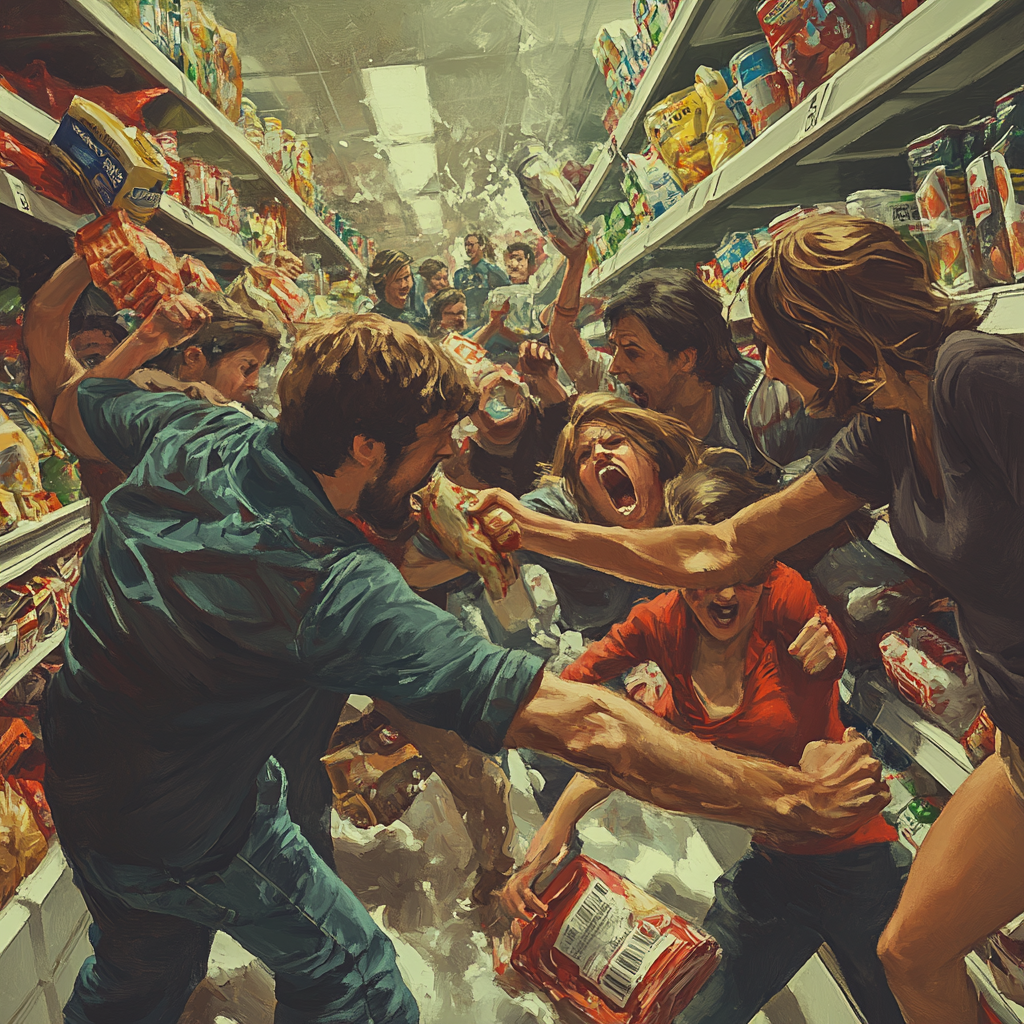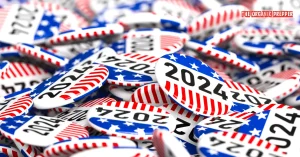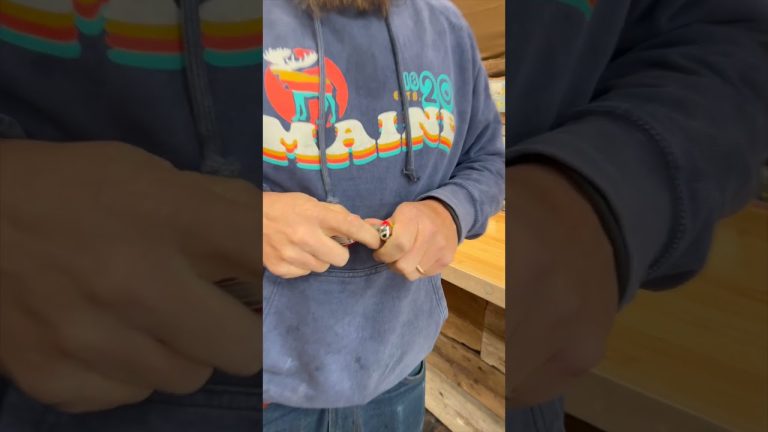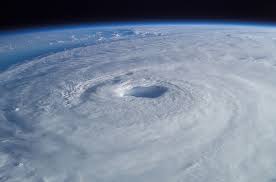You’ve got 30 minutes max before a grocery store runs out of items you need in a crisis.
The Great “Back Room” Myth: You Have 30 Minutes Until the Shelves Are Empty
Let that sink in for a moment – thirty minutes. That’s about the time it takes to watch a sitcom episode or cook a box of mac and cheese. It’s also all the time you have from the moment panic hits until your local store’s shelves are stripped bare. Not hours. Not “plenty of time.” Thirty. Short. Minutes.
You’ve seen it in every retail comedy show ever made – a customer asks a store employee to “check in the back” for more inventory. The employee disappears through those mysterious swinging doors, takes a quick break to check their phone, then returns with the disappointing news that nope, they’re all out. Except here’s the thing: in most modern stores, that employee didn’t need to check at all. That magical back room you’re imagining? It’s about as well-stocked as a vegetarian butcher shop.
Welcome to the reality of modern retail, where “just in time” inventory isn’t just a buzzword – it’s the entire business model. That store you’re counting on to save you in an emergency operates on a carefully calculated system designed to keep just enough product on the shelves for normal shopping patterns. And let me tell you, panic buying during a crisis is about as “normal” as a peaceful Black Friday. In fact, once word of an emergency starts spreading, you can literally watch the shelves empty in real-time, like someone hit the fast-forward button on your worst preparedness nightmare.
Here’s the cold, hard truth that most people don’t want to face: Your local supermarket can only handle about 10% of your community showing up for crisis shopping. That’s it. Ten percent. So unless you’re really good at math and realize that means 90% of people are going to be left wanting, you might want to rethink your emergency plan of “I’ll just run to the store when things get bad.” Because by the time you finish reading this article, making a shopping list, and finding your car keys, those thirty minutes might already be gone.
Think about it – stores operate on razor-thin profit margins. They can’t afford to have millions of dollars of inventory just hanging out “in the back” waiting for a crisis. That would be like keeping a fully decorated Christmas tree up all year just in case December shows up early. Instead, they use sophisticated inventory systems that track every sale and automatically order just enough product to keep the shelves stocked under normal conditions. It’s a beautiful dance of supply and demand – until everyone decides to panic-shop at the same time.
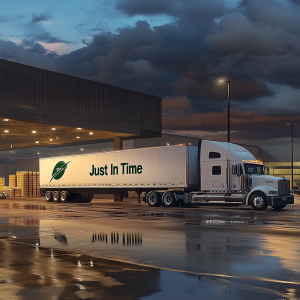
We live in a just in time delivery world
Those trucks you see making deliveries? They’re not bringing backup inventory – they’re bringing tomorrow’s shopping. The store literally sells most of what was delivered yesterday before the next truck arrives. It’s like a really expensive version of hot potato, except instead of a potato, it’s your dinner for next week.
Let’s break down what this means in real-world terms: When your community gets word of an incoming emergency, the store’s normal inventory isn’t magically going to multiply like loaves and fishes. That three-day supply of normal shopping they keep on hand? It’ll vanish faster than your New Year’s resolutions when Karen from accounting brings in homemade brownies.
And here’s where it gets really fun (and by fun, I mean potentially problematic): Even if the store could somehow get extra deliveries, who’s going to unload them? Stock them? Run the registers? Because in a real crisis, store employees have families too, and they’re probably more concerned about taking care of their own loved ones than making sure you can get your favorite brand of crunchy peanut butter.
Remember the toilet paper shortage of 2020? That wasn’t even a real crisis – we didn’t actually need more toilet paper than usual. But the mere perception of a shortage created one, and suddenly everyone became weirdly obsessed with hoarding bathroom tissue like it was made of gold. Now imagine what happens when people are shopping for something they actually need.
So what’s the answer? It’s pretty simple, though not necessarily easy: You need to be your own “back room.” Building a sensible supply of everyday items isn’t hoarding – it’s insurance. It’s making sure you won’t be one of the desperate folks fighting over the last can of SpaghettiOs when things go sideways.
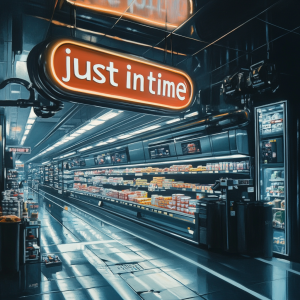
Just in time delivery system in stores nationwide
Start now. Build slowly. Focus on what you actually use. Create your own “just in time” system where you rotate through supplies regularly and replace what you use. Think of it as your personal warehouse, except instead of having an employee take a fake break in it, you’re actually stocking it with things you need.
Because when a real crisis hits, the only thing that’s going to be “in the back” of the store is an empty room and some very stressed-out employees who wish people had planned better. Don’t let your emergency plan depend on a myth. The best time to prepare isn’t when everyone else is – it’s before everyone else even thinks they need to.
And remember, if your current emergency plan includes the words “I’ll just…” followed by anything involving a store, you might want to rethink that strategy. Because in thirty minutes – just thirty minutes – the only thing you’ll “just” be doing is standing in a very long line, looking at very empty shelves, wishing you had started preparing when time wasn’t running out faster than toilet paper during a pandemic.







